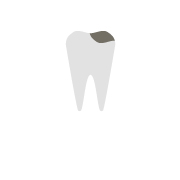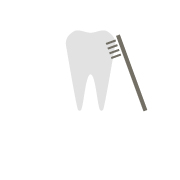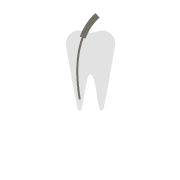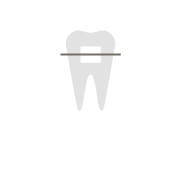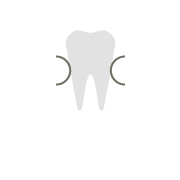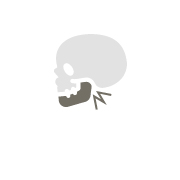Endodontics
root canal therapy
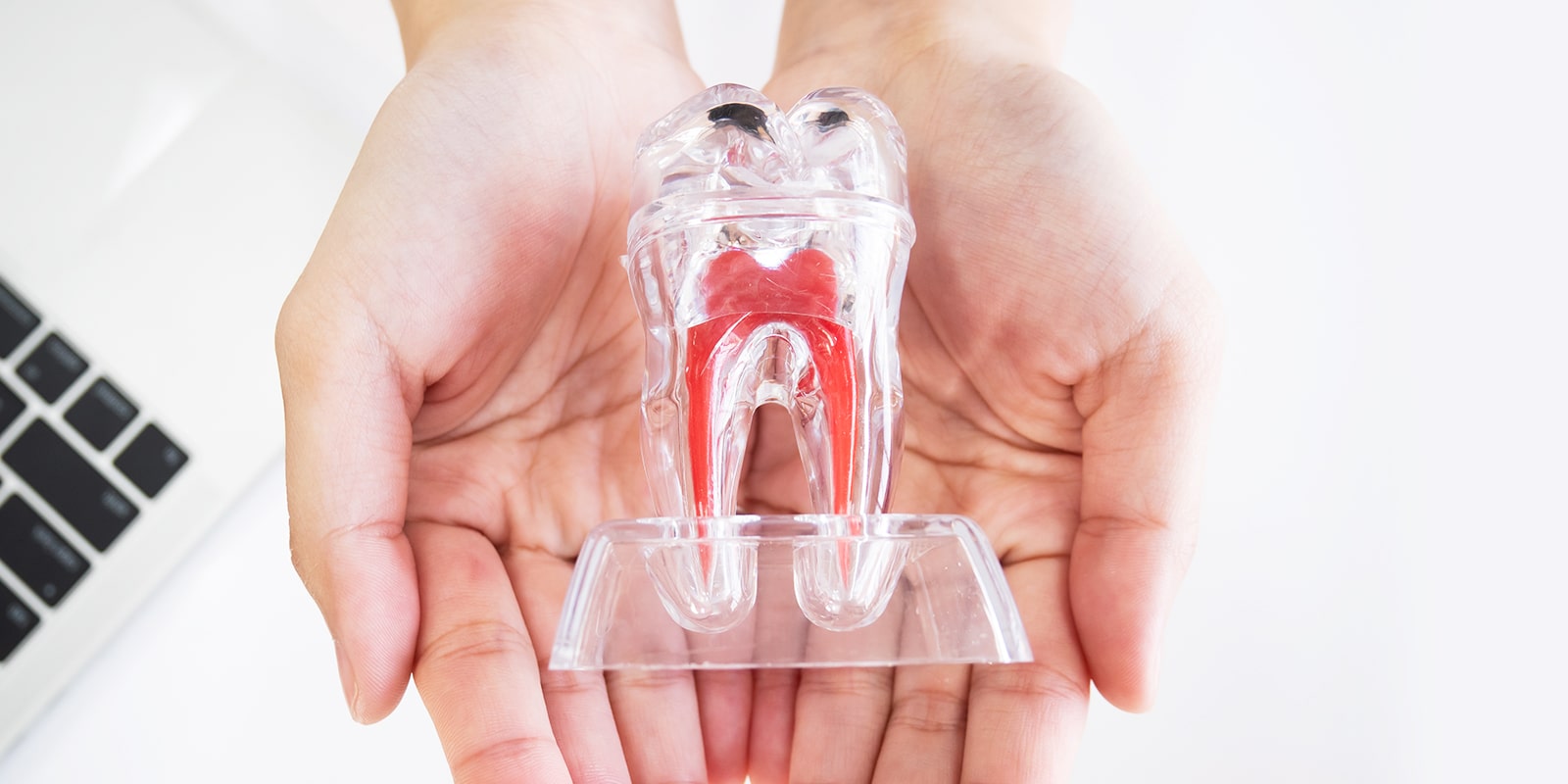
What is Root Canal Therapy?
Inside the tooth is sensory tissue called the nerve. Root canal therapy is a procedure to clean the inside of the tooth by removing infected and deteriorated nerves and stains.
Canal therapy (root canal therapy) is a treatment to clean the root by removing the tissue of the canal (root canal) through which the nerve passes when a cavity has reached the nerve. It is also called root canal treatment. If the cavity is left untreated, the toxins produced by the bacteria and the bacteria themselves will eventually reach the tooth’s nerve (pulp), which is located inside the tooth, causing what is known as severe tooth decay pain. If the condition progresses further, just touching the tooth causes pain and swelling.
What are the symptoms that require root canal treatment?
Nerve treatment may be necessary when you feel throbbing pain even when you are not doing anything, or when you feel a throbbing when you bite down on your teeth. Treatment may also be necessary when there is discomfort (sometimes described as a floating sensation) in the tooth even if there is no severe pain.
The Need for Root Canal Treatment
Root canal therapy is the process of cleaning out the pulp cavity, the space where the tooth’s nerve used to be, and sealing it with a medication to prevent bacteria from entering. When the nerve dies, the pulp cavity becomes a breeding ground for bacteria, and bacteria and toxins spread from the tip of the root into the jawbone. This bacteria can lead to sinusitis, osteomyelitis, and other major diseases. Since this bacteria does not heal itself, there is a need for root canal therapy to mechanically remove the bacteria and closely pack it with medication to prevent new bacteria from entering. Root canal therapy allows even a tooth with a dead nerve to be used for a long time.
Cases that cannot be cured by root canal therapy
Tooth with pus at the root tip of the tooth.
If the pus buildup is mild, it can be remedied by disinfecting the nerve clean and draining the pus again, so the tooth will not be extracted. However, if the pus buildup is severe and large, it can dissolve the surrounding bone, so the tooth should be extracted to prevent this from happening.
Tooth with a cracked root
Some people have a bite that is too strong, or a bite that places too much load on only some of the teeth due to dental alignment problems. Such people may put too much stress on the roots of their teeth when they clench too hard, and the roots of the teeth may crack. Since the root of the tooth is cracked, it is of course painful. The broken root cannot be attached to the tooth, so it must be extracted. If left untreated, the bacterial infection can spread to the bone.
Root Canal Treatment Case by Case
Treatment for remaining tooth nerve
The first priority is to preserve the nerve of the tooth, but if there is unbearable pain or if the cavity is too large and the nerve is infected with bacteria, the nerve is removed after anesthesia is administered.
How to treat a tooth with no remaining nerve
Even teeth that have had root canal therapy and the nerve removed in the past may cause pain if bacteria are growing and pus is accumulating in the tooth. In such cases, the filling or capsule is removed and root canal therapy is performed again to reduce the number of bacteria.
Example of failure to properly treat a root canal
If a tooth that requires root canal therapy is left untreated, bacteria can dissolve the surrounding bone, causing the tooth to wobble and requiring extraction, or pus can spread to neighboring teeth and cause infection, requiring root canal therapy even if the neighboring tooth was originally healthy.
Cases in which teeth must be extracted
Extraction may be necessary in cases where there is little bone to support the tooth due to bacterial infection or when the tooth has become brittle and cracked due to repeated root canal treatment.
Pain after Root Canal Treatment
After a root canal, you may experience pain when objects hit your teeth or when you bite. Around the root of the tooth is a thin cushion called the periodontal ligament that determines what is hard or soft when biting. Inflammation of the periodontal ligament from the root tip can cause pain during biting. If there is severe pain when biting normally, the dentist will adjust the bite of the tooth being treated. If the irritation during biting is eliminated, you will feel relief. If the pain is severe, painkillers can be taken. The tooth being treated must be kept at rest and care should be taken not to bite it.
What causes toothache?
There are several causes of toothache, but pain can occur when a cavity reaches the nerve and causes a bacterial infection, or when pus builds up due to bacterial growth even in areas that have once had root canal treatment.
Our Attention to Pain
In order to eliminate pain, anesthesia is administered prior to the procedure, and of course, anesthesia with an ointment is applied prior to injection to reduce the discomfort of the injection. In cases where there is no inflammation and the possibility of pain is low, we will consult with the patient and may not use anesthesia, but if there is any discomfort or pain, we will use anesthesia.Frequently Asked Questions
Q1. What equipment do you use?
Three-dimensional x-rays called CT imaging are used to correctly determine the morphology of the root canal. We also use loupes and microscopes to accurately treat thin, dark root canals under a bright field of view with high magnification.
Q2. What is the need for a microscope?
Since the root canal is thin and dark, it is possible to overlook stains and diagnose the presence of cracks by magnifying the field of view and observing the tooth in bright conditions.
Q3. What is a rubber dam?
A rubber sheet called a rubber dam is placed around the tooth during root canal treatment to prevent bacteria-rich saliva from entering the root canal (at your own expense).
Q4. What are the effects of using rubber dams?
It prevents the root canal from becoming infected with bacteria due to saliva intrusion and reduces the number of bacteria in the root canal more quickly and accurately.
Q5. Please tell us what you do to prevent infectious diseases and other hygiene issues?
All instruments are sterilized for each patient, and treatment is performed with sterile instruments. In addition, all gloves, cups, aprons, etc. that come in direct contact with patients are disposable and new.
Q6. Is consultation/treatment possible even if I am in the middle of treatment at another hospital?
There are many clinics that do not have CT imaging, loupes, or microscopes, so please feel free to contact us if you have any concerns about your current treatment at other clinics.


